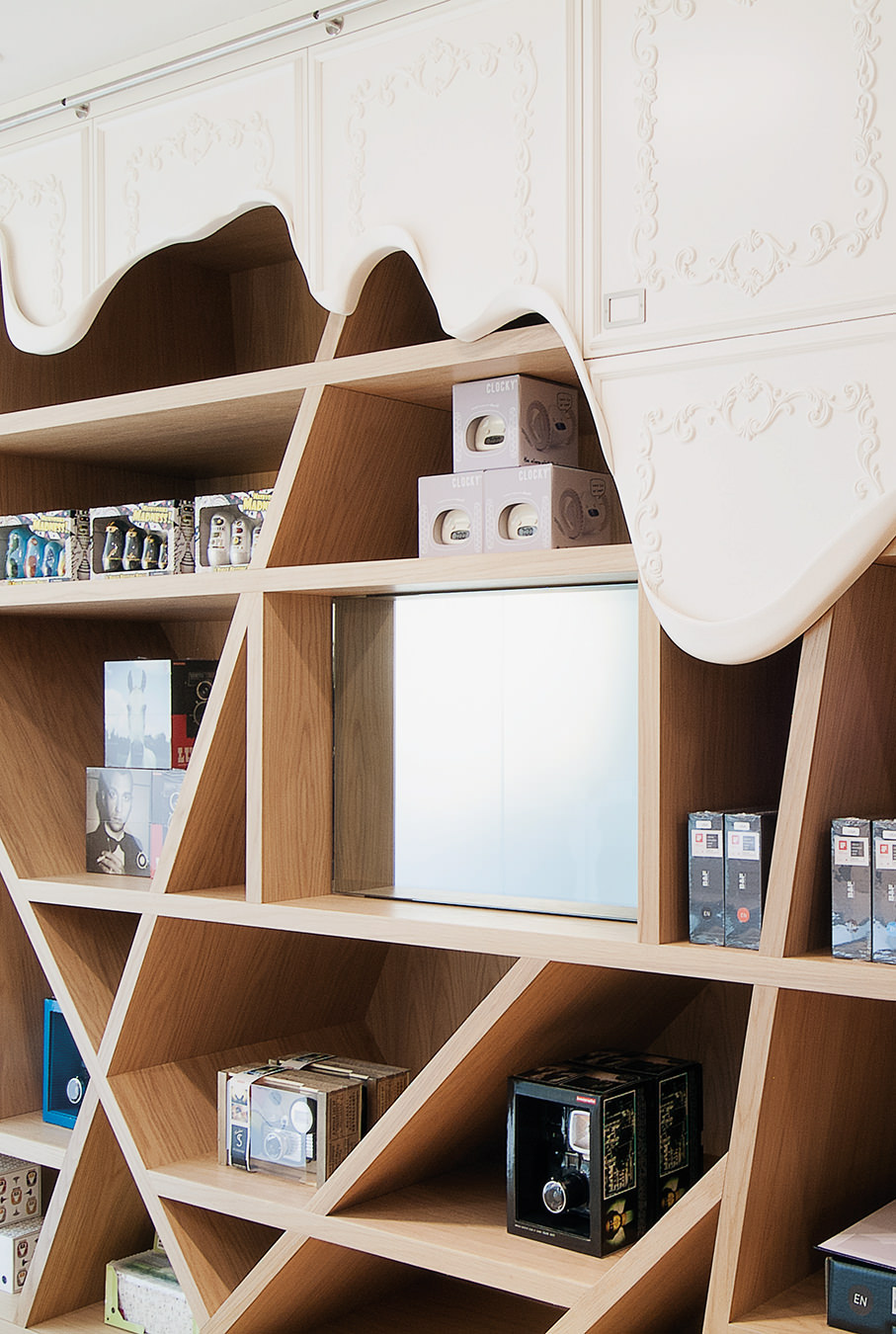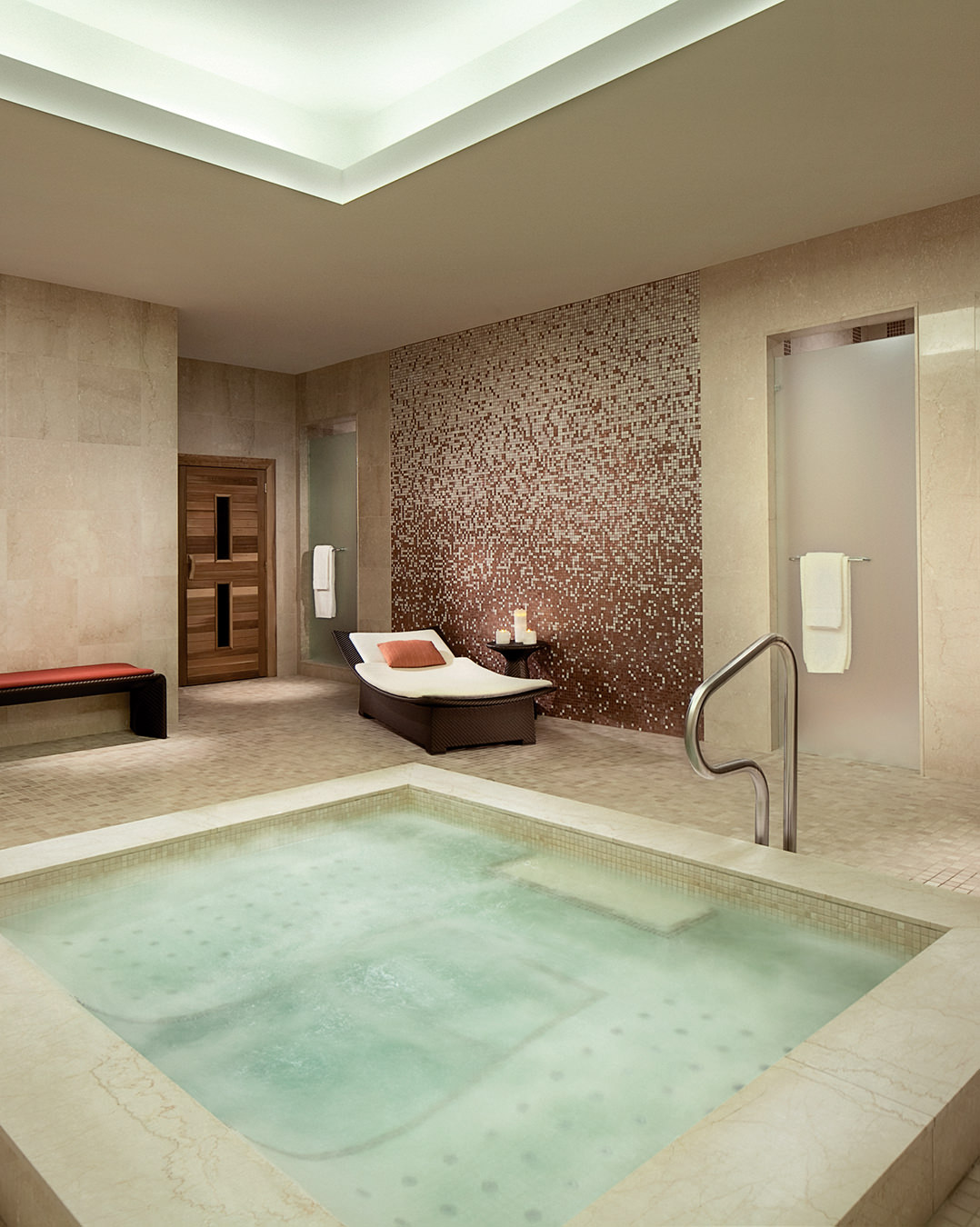IDS 2024 in Vancouver: Sustainability, Circularity, and the Future Neighbourhood
The Interior Design Show in Vancouver was a showcase of remarkable installations and visionary designs.

Canada’s largest design show made its return to Vancouver for 2024. Around 200 exhibitors gathered at the biannual Interior Design Show to present how they redefine working and living spaces. With Vancouver being a strong market for construction and real estate, IDS this year was a grand Pacific Northwest showcase, and about 40 per cent of the exhibitors were local.
Exhibits included collections from contemporary artists, limited-edition artwork and furniture from singular designers (in collaboration with Artist Project), and prototypes set to evoke inspiration and conversation around design possibilities. A key highlight was presentations by a few exhibitors of their concepts for what artificial intelligence’s role looks like in the future of design.
“IDS Vancouver celebrates and showcases the best of the design industry and provides a forum for the creative community to connect and share ideas,” said Will Sorrell, national director at IDS Vancouver. A new exhibition layout was designed for this year’s event, which also presented first-time exhibitors, creative features, and more furniture than before, Sorrell noted.
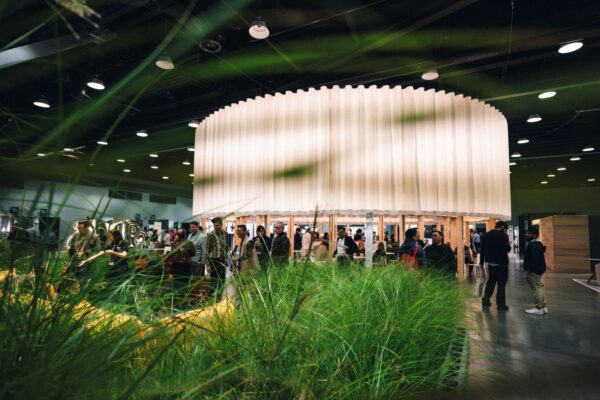
Stark Architecture installation
Impressive design details were pronounced throughout, including Miele’s notable kitchen showroom, by Toronto designer Michael London, featuring a “handleless” kitchen (combining a knock feature as well as push doors). In celebration of the company’s 125 years, it presented new appliances, including a collection of matte-black additions.
Other notable designs included the use of shirt sleeves reimagined as vases, as seen in Kirby Mclean’s unique designs dipped in beeswax, in the Prototype exhibit. The BonBon lounge was a candy-coloured modular seating display from Calgary-based Hereby with stackable pieces—ideal for comfort—that are 100 per cent recyclable. At the Lock & Mortice booth, the Vancouver-based studio creatively demonstrated its custom woodwork, such as adaptable furniture with legs that can be swapped out for different heights and styles.
The standout installation was Squamish’s Stark Architecture’s Perpetua Bar. Designed by Stark, the circular structure was over 27 feet tall and made from recyclable materials. The curtains added a softness to the large installation, creating an open, inviting gathering space rather than enclosure.
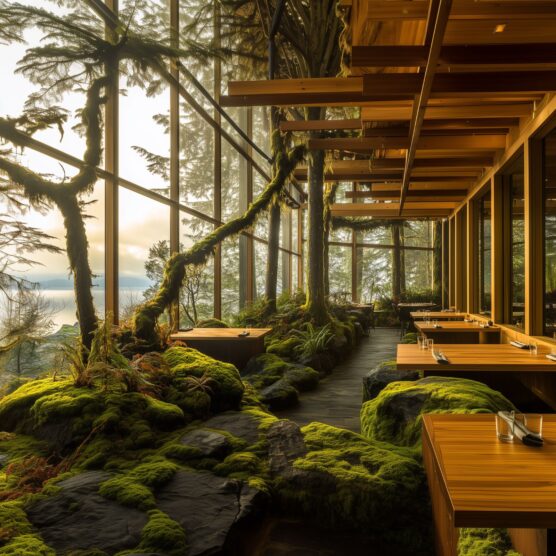
“Don’t Forget Me” by AD Projects and Wao Architecture
What will be the future of our living spaces? A key feature of this year’s showcase was an immersive exhibit called Future Neighbourhood. Under a wooden slanted roof, people who passed through learned about quality, sustainable home design, and possible solutions to the ongoing housing crisis from the minds of SvN Architects and Planners, Vancouver’s Leckie Studio’s Addapt dwellings, an Ad Projects and Wao collaboration, and Petit Architect.
Working with Wao architecture and digital artist Jonny Ostrem, Ad Projects invited attendees to partake in a concept of using AI to connect us to nature in the home, specifically the Pacific Northwest environment, by creating it for our benefit, aptly calling it “Don’t Forget Me.” Petite Architect asked kids to envision the future of green neighbourhoods and cities through contributing to a model along with drawings and writings while learning about climate change and impact.
SvN believes in regeneration design and was intent on redefining the rules around development for neighbourhoods, presented in its Micro-Hood exhibit. Mico-Hood was awarded an honourable mention at the Urbanarium: Decoding Density Competition—which challenges constraints around affordable housing in Metro Vancouver—for its initiatives in community ownership and urban development that maximize transit-oriented business and residential and leisure spaces, emphasizing sustainability and affordability.
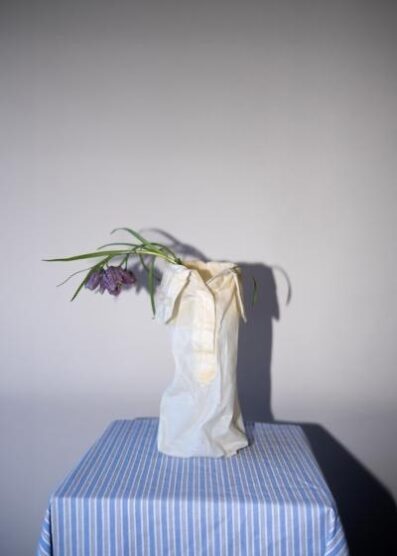
Designer Kirby Mclean
Sorrell says exhibitors were encouraged to design installations with sustainability and circularity in mind, using materials that can be repurposed or reused. Stark architecture would go on to donate the carpeting to a caretaker’s home in Squamish and the wooden planks for a home build, for example.
Now that the Interior Design Show has drawn to a close, we can only hope that the future is as promising as the designs at the forefront of innovative design and sustainability.


